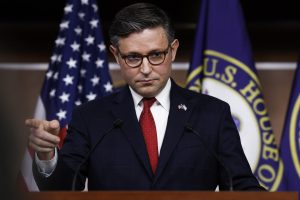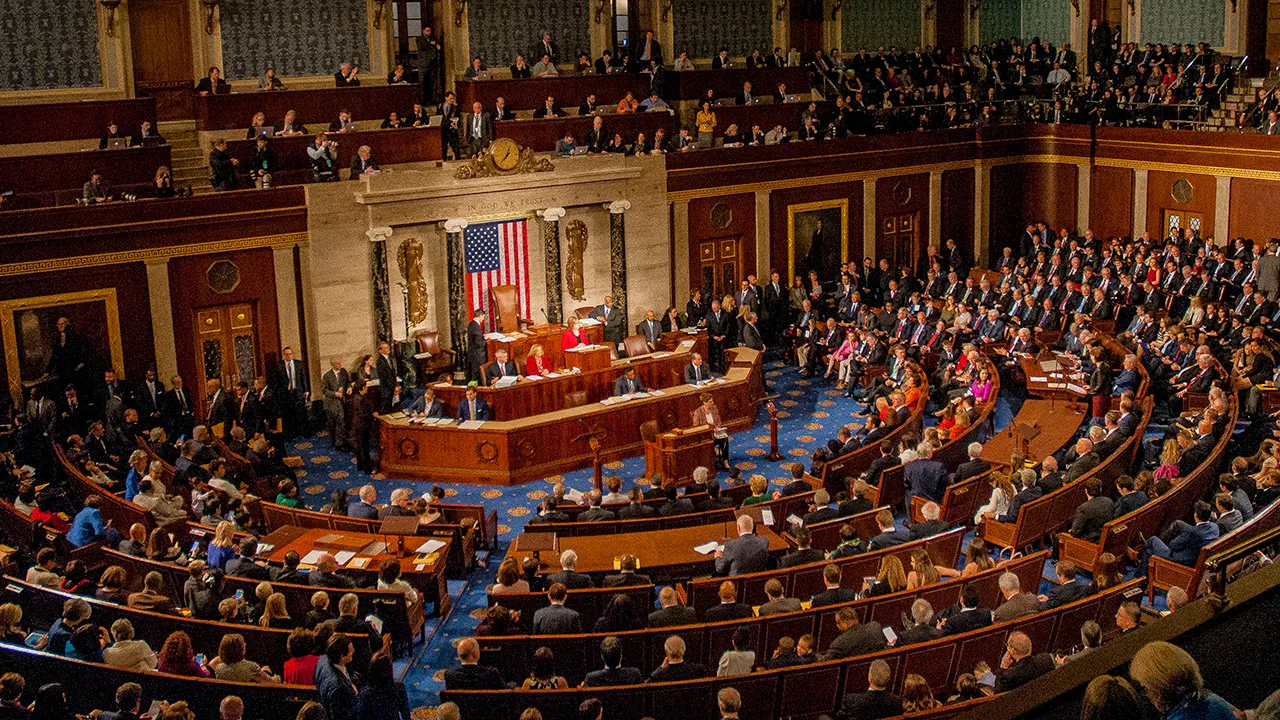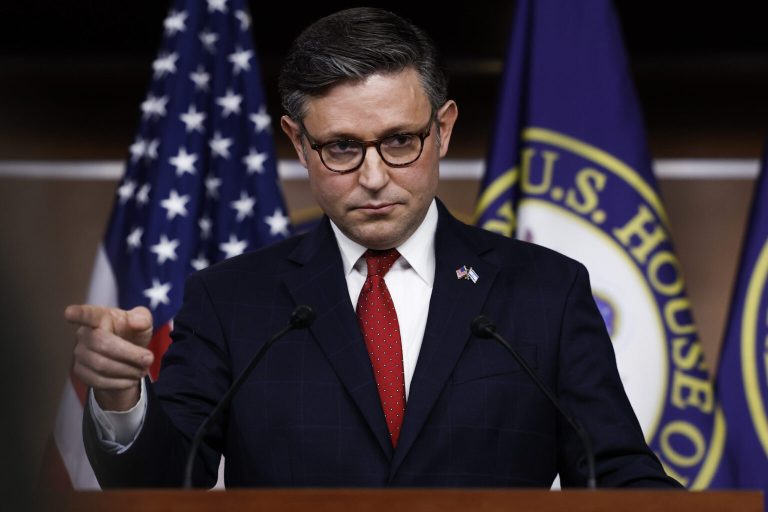In a move that closes one of the most consequential chapters in recent U.S. military history, General Michael E. Kurilla officially stepped down as Commander of U.S. Central Command (CENTCOM) on August 8, 2025. His departure, following a three-year tenure marked by escalating regional tensions and high-stakes operations, comes only weeks after the United States launched coordinated airstrikes on Iran’s nuclear facilities—an operation that has reshaped the Middle East’s strategic landscape and reignited debate over American deterrence in the region.
Kurilla, who handed command to Admiral Brad Cooper during a formal ceremony at MacDill Air Force Base, leaves behind a complicated legacy. While his leadership saw tactical precision and renewed American assertiveness, the broader implications of the June 2025 strikes on Iran remain contested. Intelligence assessments, defense leaks, and internal disputes have clouded the public narrative, challenging the administration’s initial portrayal of the mission as an unqualified success.
The End of an Era at CENTCOM
Kurilla’s departure was confirmed in an official statement released by CENTCOM on August 8. The release praised his “steady command through crisis,” highlighting his 40-year military career and his role in strengthening partnerships across the CENTCOM area of responsibility—a region stretching from Egypt to Afghanistan.
Adm. Brad Cooper, a veteran naval officer with extensive experience in regional operations, assumed command the same day. Cooper’s appointment, approved earlier this summer, signals both continuity and recalibration. The transition comes amid shifting dynamics in the Middle East following the U.S. strikes on Iran, persistent instability in Syria and Iraq, and renewed great-power competition with Russia and China.
Defense analysts have noted that such timing—coming so soon after a major kinetic operation—has fueled speculation about internal disagreements or strategic reassessments within the Department of Defense. However, official Pentagon statements have offered no indication that Kurilla’s departure was linked to the Iran operation.
The June 2025 Strikes: What Happened
On June 22, 2025, U.S. forces carried out what was described as a “limited but decisive” series of airstrikes against three of Iran’s most heavily fortified nuclear sites: Fordow, Natanz, and Isfahan. According to contemporaneous reports, the operation was authorized by President Donald Trump following weeks of mounting hostilities between Tehran and Jerusalem.
Multiple outlets, including Al Jazeera and Nextgov/FCW, confirmed that the strikes involved precision-guided munitions designed to penetrate hardened underground targets. Though the Pentagon declined to release specifics about the weaponry used, several defense analysts believe that Massive Ordnance Penetrator bombs—known as GBU-57s—were deployed alongside long-range Tomahawk cruise missiles.
The official justification, articulated by the White House and echoed by CENTCOM, was straightforward: to degrade Iran’s capacity to produce fissile material and deter further escalation in the region.
President Trump later called the mission “a historic success,” asserting that it had “eliminated the world’s most dangerous nuclear threat.” Yet in the weeks that followed, a far more nuanced picture began to emerge.
Intelligence Leaks and Diverging Assessments
Shortly after the operation, early assessments by the Defense Intelligence Agency (DIA) were leaked to several media outlets, including ABC News and Nextgov/FCW. These internal reports suggested that, while the strikes inflicted heavy damage, key centrifuge halls and uranium-enrichment infrastructure had survived—particularly at the Natanz site.
According to the leaks, analysts concluded that Iran’s nuclear program was likely “delayed by months, not destroyed.” The DIA characterized the assessment as “low confidence,” citing limited visibility into underground facilities and the rapid pace of Iran’s recovery operations.
Despite this measured tone, the leak caused a political firestorm in Washington. Defense Secretary Pete Hegseth condemned the disclosure as “a serious breach of discipline,” calling the premature release of sensitive intelligence “reckless and misleading.”
Pentagon spokesperson Sean Parnell later clarified that subsequent evaluations—based on satellite imagery and regional intelligence sharing—indicated a more substantial setback. He stated publicly that the strikes had “degraded Iran’s nuclear capabilities by one to two years,” though he acknowledged that complete verification was impossible due to the underground nature of many targets.
Fallout Inside the Pentagon
The fallout from the DIA leak exposed deep fissures within the U.S. defense establishment. Senior officials, speaking to CBS News on background, described heightened internal tensions as differing assessments of the operation’s effectiveness circulated among key intelligence and defense agencies.
While the White House emphasized strategic deterrence and political resolve, intelligence professionals remained cautious, warning that Iran’s nuclear ambitions were far from neutralized. The leaked assessments fueled speculation of internal rivalries and triggered a broader conversation about the role of intelligence transparency in wartime communication.
This internal strain was further magnified by media narratives portraying the operation as both a decisive victory and an incomplete mission—two incompatible storylines that reflected Washington’s own divided posture toward Iran.
The Reality Behind the “Success” Narrative
Independent analyses have since converged on a middle ground: the strikes were operationally precise and tactically effective but strategically limited. According to defense experts cited in Congress.gov hearings and academic reviews, the U.S. achieved its immediate goal of disrupting Iran’s enrichment process. However, the long-term impact remains uncertain.
Iran has reportedly begun rebuilding damaged centrifuge halls, relocating key materials deeper underground, and intensifying diplomatic outreach to Russia and China for technical assistance. This rapid recovery has led some intelligence officials to caution that the window of strategic advantage may be narrower than initially hoped.
The Pentagon’s “one to two years” estimate is therefore both optimistic and provisional. It reflects the most favorable interpretation of available data, but not necessarily the final verdict.
As one senior analyst at the Center for Strategic and International Studies observed, “The strikes bought time—but time is not strategy.”
Kurilla’s Legacy and Cooper’s Inheritance
For General Kurilla, the June operation will likely define public perception of his tenure, even if the official record remains more complex. His leadership style—described by subordinates as methodical, analytical, and risk-averse—helped guide CENTCOM through a volatile period marked by renewed conflict, regional realignments, and shifting global power dynamics.
Under his watch, CENTCOM managed simultaneous crises: maintaining deterrence against Iran, coordinating with coalition forces in Syria and Iraq, countering Russian influence in the Middle East, and responding to emerging Chinese maritime interests in the Arabian Sea.
Admiral Cooper now inherits this multifaceted environment. A career naval strategist, Cooper faces the challenge of consolidating deterrence while avoiding escalation. His experience commanding the U.S. Fifth Fleet and his familiarity with regional partners may help maintain stability, but his tenure begins under the shadow of both recent triumph and ongoing uncertainty.
What Comes Next
As the U.S. military recalibrates under new leadership, the strategic questions surrounding the Iran strikes remain unresolved. Will Tehran accelerate its nuclear ambitions in defiance, or will the deterrent effect hold? Can Washington sustain regional alliances amid rising tensions and great-power competition?
The administration continues to present the operation as a demonstration of American resolve. But beneath the rhetoric lies an acknowledgment—even among senior officials—that deterrence is not static. It must be maintained, reinforced, and adapted to a rapidly changing geopolitical environment.
General Kurilla’s farewell remarks captured this reality with measured humility:
“The Soldiers, Sailors, Airmen, Marines, Coastguardsmen, and Guardians of Central Command who serve this nation on the front lines of freedom will always succeed.”
His successor, Admiral Cooper, will soon discover that success—like deterrence—must be continuously earned.

Emily Johnson is a critically acclaimed essayist and novelist known for her thought-provoking works centered on feminism, women’s rights, and modern relationships. Born and raised in Portland, Oregon, Emily grew up with a deep love of books, often spending her afternoons at her local library. She went on to study literature and gender studies at UCLA, where she became deeply involved in activism and began publishing essays in campus journals. Her debut essay collection, Voices Unbound, struck a chord with readers nationwide for its fearless exploration of gender dynamics, identity, and the challenges faced by women in contemporary society. Emily later transitioned into fiction, writing novels that balance compelling storytelling with social commentary. Her protagonists are often strong, multidimensional women navigating love, ambition, and the struggles of everyday life, making her a favorite among readers who crave authentic, relatable narratives. Critics praise her ability to merge personal intimacy with universal themes. Off the page, Emily is an advocate for women in publishing, leading workshops that encourage young female writers to embrace their voices. She lives in Seattle with her partner and two rescue cats, where she continues to write, teach, and inspire a new generation of storytellers.









